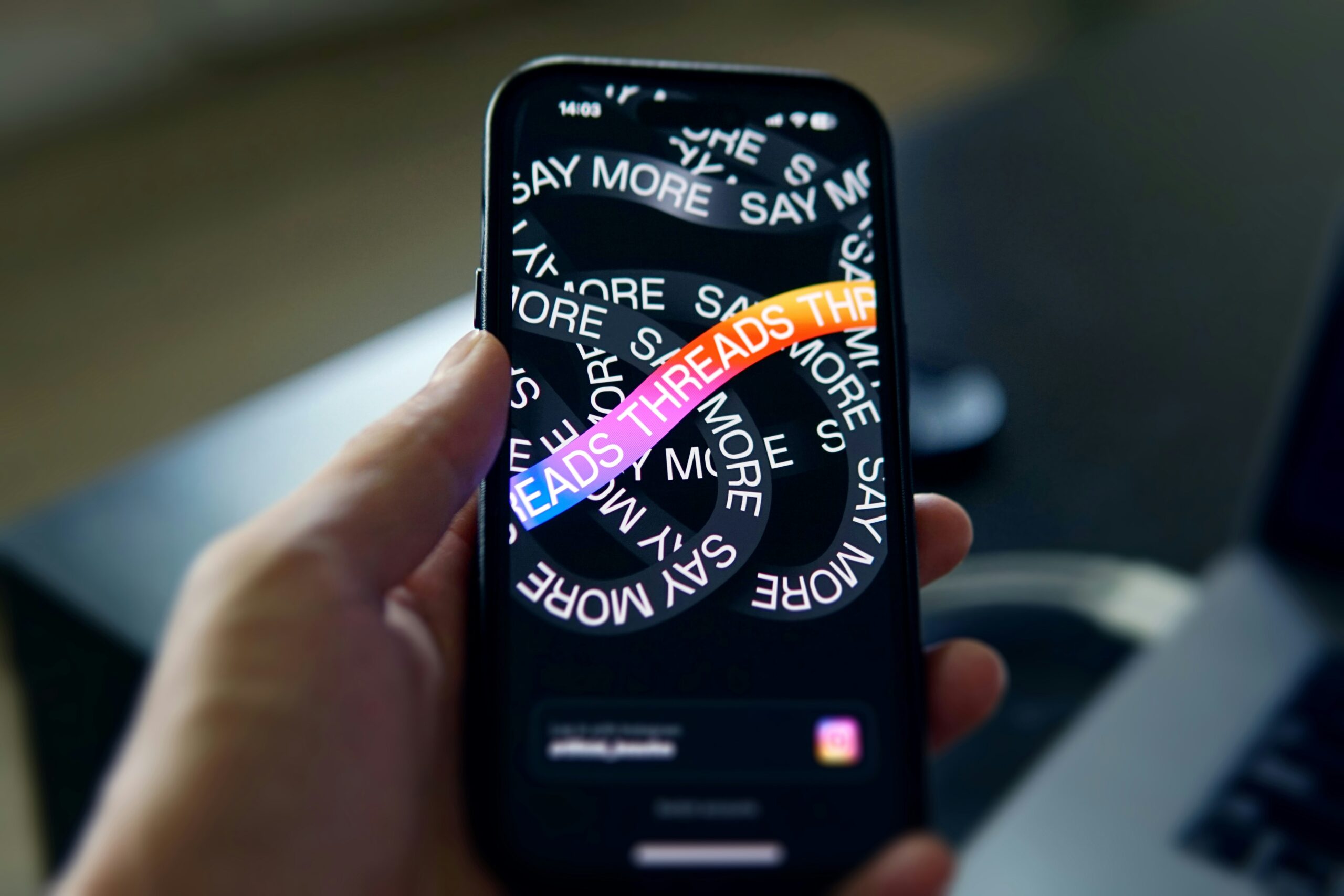
Social Factor
Finding Your Future at SF: Where Growth Meets Opportunity

Connecting with today’s digitally engaged audience is paramount to driving brand awareness and, more importantly, brand loyalty. However, maintaining a strong social media presence now calls for more than a few witty posts aimed at the competition. The same amount of time and money invested in building the next champion of the “Chicken Sandwich Wars 2.0,” could be better spent bolstering brand personality. But just like any award-winning recipe, there are a few key ingredients that can make the difference between massive success and totally underwhelming your audience. The following takeaways include tips, advice, and best practices for brand-activated social media campaigning designed to resonate with your target audience:
Because brand personality is so critical to the best social quick-service and full-service brands, response time becomes an important component in building the right persona. In general, 79 percent of consumers currently expect a response within 24 hours. Now, imagine the expectations for “fast” response from a “fast” casual brand. People want to banter with the sassy brands on the internet and customer sentiment could break in a matter of hours. The worst thing a brand can do is expose themselves to more opportunities for viral negativity by not staffing properly enough to ensure a quick response time. Response time with brand love can multiply the effect of positive messages from happy customers through multiple real-time interactions and keep bad sentiment from spreading. For after hours queries, expectations can be a little lower. However, especially for certain “late night” brands like Jack-in-the-Box or Taco Bell, even the most obscure hours can be a prime opportunity to build a brand through fast response. And while automated responses are becoming more prevalent, as generative AI continues to advance, brands should take great care not to sacrifice personality for speed. If users on social media think Wendy’s is being run by a robot, then Wendy’s is going to have major issues…
Appropriate guardrails must be in place to allow your social team the ability to have fun, but not put the brand itself at risk. This requires an understanding of which topics they’re willing to engage with and to what extent. Spicy cult moments might be enticing, however a level of accountability must be assigned when it comes to evaluating how divided your audience might be and whether there’s a credible threat of retaliation. There have been times where brands have chosen their own path, against advice, and suffered significant negative publicity on a national scale. The real value lies in considering the trends outside your brand and how those might or might not be affecting your audience—such as certain legislative trends or world news. It’s also important to be mindful of the audience you plan to engage with and know when to take conversations offline. This can all be accomplished with proper training, coaching, and ongoing response review, to make sure social teams are optimizing engagement and not straying too far off the beaten path.
Having the ability and desire to speak to your whole audience through the appropriate channels begins with determining which content is most relatable. Fast casual food is a significant factor in many people’s lives, and healthy rivalries and feuds among brands often involve products or services that are culturally relevant, thereby increasing the appeal and relatability of the content. Assigning and incorporating a humorous tone to a brand persona should be done in a way that speaks to current viral trends or breaks a traditional, formal mold, thus making it novel and intriguing. Exaggerated personalities and use of characters also tend to perform well in the fast casual industry. The cheeky nature of the fast casual chain comebacks gave the respective brands human-like personalities, allowing their audience to feel like they were watching two people engage in a friendly rivalry. This almost always makes the banter more relatable and entertaining. Outside of the tone of voice, the visual appeal should not be forgotten. In this space, audiences tend to respond best to short-form video, or visuals that highlight unique food features and “cult favorites” such as the 20th birthday of the pumpkin spice latte, over “beauty” and editorial shots.
Branding and personality will continue to reign in this space, as will keeping up with trends and producing content in a timely manner. Social media users love to feel involved, and opening the door for audiences to participate, express their own brand loyalty, and share their thoughts can create a community-like atmosphere. This approach is central to any successful digital strategy. Looking ahead, live event streaming will become more ubiquitous, especially for the household brands that sponsor large-scale events, leagues, etc. Leveraging sponsorships in a more effective way, both online and offline, is yet another excellent opportunity to measure how real-time engagement can be an extremely valuable tool for building brand equity and customer loyalty.
Kate Grigal is the vice president of strategic partnerships at Social Factor, a leading digital agency specializing in social media operations and community management that works with global, A-list brands. In this role, Grigal is responsible for helping enterprise-level clients turn digital chaos into human connections through community management, analytical data and strategic planning. She can be reached at kate.grigal@socialfactor.com.
Article originally posted on qsrmagazine.com.

Finding Your Future at SF: Where Growth Meets Opportunity

Transform your Digital Strategy by Using Tech and SaaS for Optimal Resource Utilization

Building Brand Loyalty Through Authentic Human Connection

Sail Through 2025 Social Media Budget Planning with Ease

How Brands Can Navigate Pre-Election Chaos on Social Media

Threads: Is It Worth It Yet?

Jack “Of All Trades” Dorsey Is No Longer on the Bluesky Board

Celebrating Diversity at Social Factor

Coachella 2024: What It Takes to Livestream the Festival on YouTube

How Fort Worth’s Social Factor Is Rocking ‘Human Connection’